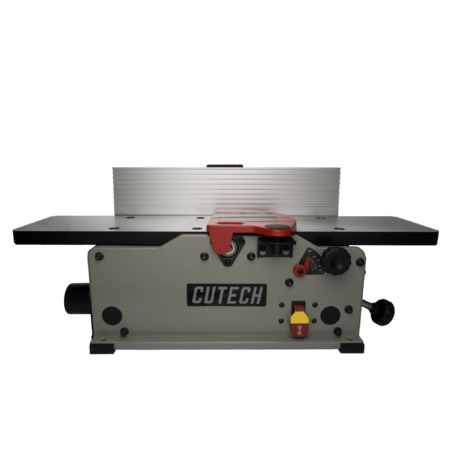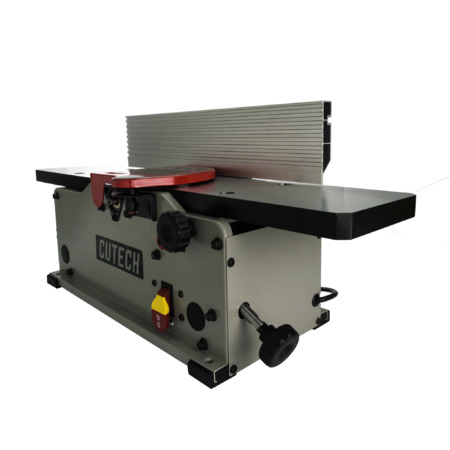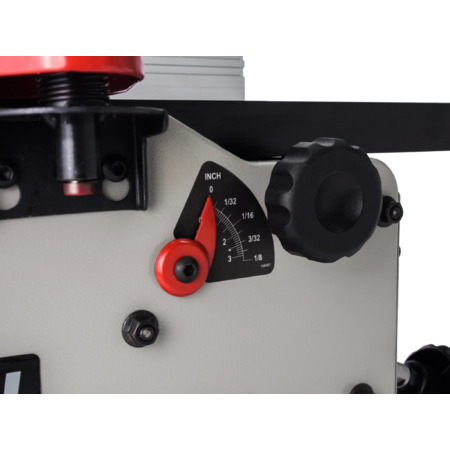expiredKevinWoo1983 posted Nov 26, 2022 03:31 AM
Item 1 of 3
Item 1 of 3
expiredKevinWoo1983 posted Nov 26, 2022 03:31 AM
Cutech 6" Spiral Cutterhead Benchtop Jointer + Free Shipping $249.99(HSS Inserts)
$250
$295
15% offGood Deal
Bad Deal
Save
Share








Leave a Comment
7 Comments
Sign up for a Slickdeals account to remove this ad.
Our community has rated this post as helpful. If you agree, why not thank vnsharon
The jointer is used to flatten one face and square the lumber up one edge.
The planer is then used to make the second face flat and parallel to the front.
If you have access to timber logs you can use a bandsaw or a chainsaw mill to cut out the rough lumber and then send it thru the jointer and planer once kiln or air dried.
Its too small to be used practically in most woodshops. It will also be too light and more likely to wobble.
Realistically the bare minimum jointer you should be looking at is a 6" model with about a 5' bed. That will handle most common woodshop projects but if you can afford bigger, then go for it.
with that said these smaller jointers are roughly 50 pounds and the cast iron fenced ones seem to hold position better than the aluminum ones do. if you need more mass, bolt it to some 2x material then clamp it to your work table.
spiral cutters aren't the same as helical cutters, but they're better/ more efficient/ less load than knives in almost every scenario I can think of. knives are quicker to sharpen if you don't ruin them.
I can't speak on clogging, but reviews I've read everywhere don't note that as an issue, and with a big shop vac I can't see that being a problem. it's more than likely moisture and rate and depth of feed/ evacuation capacity.
again a lot of units will ship straight from all manufacturers, some will be slightly off and need surfaced or replaced. the fence may be lacking if you're unlucky, but I'm not sure how that can't be beefed up but I'm not familiar with the locking mechanism. if it's aluminum connections I can kinda see that depending on design. if you need a jointer these look great but these seem to be pre covid prices, or a tad above.
lol at those saying to buy a $1000 to $5000 plus jointer. you'll find them on marketplaces occasionally depending on area and sure, if you see them for $400 even somewhat beat up they're probably still great. inquire about the blade type/ model number so you can check if the blades are available. having professional branded/ big tools is great, but these will do you good if the 6 or 8" capacity fits your need, as far as feeding, look into in and out feed table extensions. they make rollers or you can make a plywood setup with featherboards at some point if needed.
you would definitely like a longer deck. but you can compensate. if you don't like messing around and can find a longer deck for $500 definitely do that. you don't regret it unless you work on very small projects.
Leave a Comment